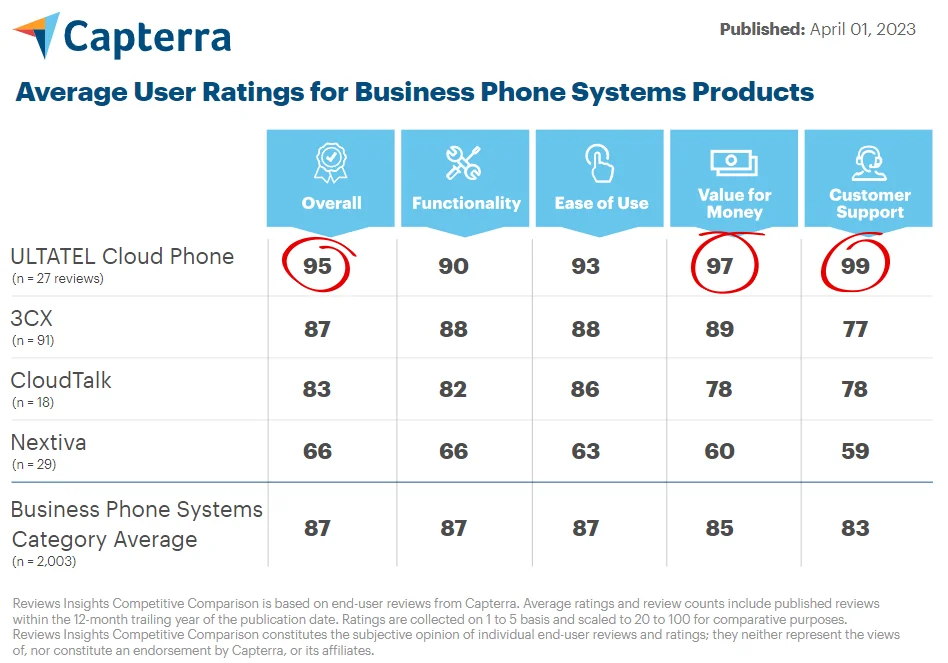WASHINGTON, D.C. – November 7, 2018 – Since the launch of the Cloud Computing Initiative in 2009, the federal government has been slowly transitioning its IT infrastructure into the cloud. However, the myriad benefits and enormous cost-saving potential offered by secure cloud services mean government agencies should pick up the pace, says CEO of unified communications provider ULTATEL.
Eight years after the federal government launched its Cloud Computing Initiative, the 2017 State of Federal Information Technology Report revealed that not a single government agency had met the 2016 target mandating that 15% of IT spending be on cloud services. The CIO Council’s official website, in fact, states that “the Government’s current IT environment is characterized by low asset utilization, a fragmented demand for resources, duplicative systems, environments which are difficult to manage, and long procurement lead times.” While the government has been a leader in the remote workforce movement, and the GSA’s Enterprise Information Services contract is beginning to modernize federal agencies with secure cloud computing technologies, the time is ripe for the government to embrace the cloud full-speed ahead. Amr Ibrahim, CEO of unified communications provider ULTATEL, says that VoIP technology can increase benefits and reduce federal agency telecom costs by up to 50%.
GSA Deputy Administrator Dr. David McClure stated before the House Subcommittee on Government Management, Organization, and Procurement that government agencies which had begun to adopt cloud-based tech solutions were already seeing results. He cited as examples the Department of the Army Experience Center, which began using a cloud CRM to track recruits that saved $446,000; the Department of Energy, which began using Google Federal Premiere Apps to provide email for scientists, and other improvements which will save millions of dollars in hardware, software, and labor costs; and the GSA itself, which moved USA.gov to a cloud-based host, vastly increasing uptime and saving $1.7 million. iii As the Enterprise Information Services (EIS) contract comes online, promising to bring the government up to speed with the IT of the private market, one major domain where government agencies are looking to switch to cloud-based services is telecom.
“Unified communications and VoIP cloud-based phone system has the potential to deliver more services at a significant cost savings vs. traditional PBX systems,” says ULTATEL CEO Amr Ibrahim. “The need for capital expenditures is almost entirely eliminated, and in the case of the government, VoIP is ideal for remote workers and can be delivered in compliance with FedRAMP and other regulations,” he adds. Enterprise corporations in places like Zimbabwe, where infrastructure has been underdeveloped, are now using unified communications (UC) technology to stay competitive and slash telecom costs by up to 50%.v UC is ideal for government agencies for the same reasons it serves enterprises – low operating costs, a large complement of services (including call center functions and IVR), and the ability to scale quickly and easily without overpaying.
Unified communications solutions such as those encompassed by the EIS contract are strategic to the government meeting critical missions. Amr Ibrahim notes that UC and VoIP phone services offer the following benefits to agencies which choose to make the transition:
- Support for multiple locations without adding physical PBX all that’s needed is an internet connection
- Advanced features included at no additional service cost
- Business phone functionality on users’ cell phones with use of mobility client app – supports mobile and remote workers
- Communications stored in secure data center, enhanced continuity
- Automatic upgrades and IT support from service provider
“The federal government has already improved countless workers’ lives and its quality of service by being a telecommuting early adopter,” Ibrahim says. “VoIP and unified communications offer the opportunity to build on that success and bring our federal agencies into a faster, more secure, and more reliable telecom era.”











